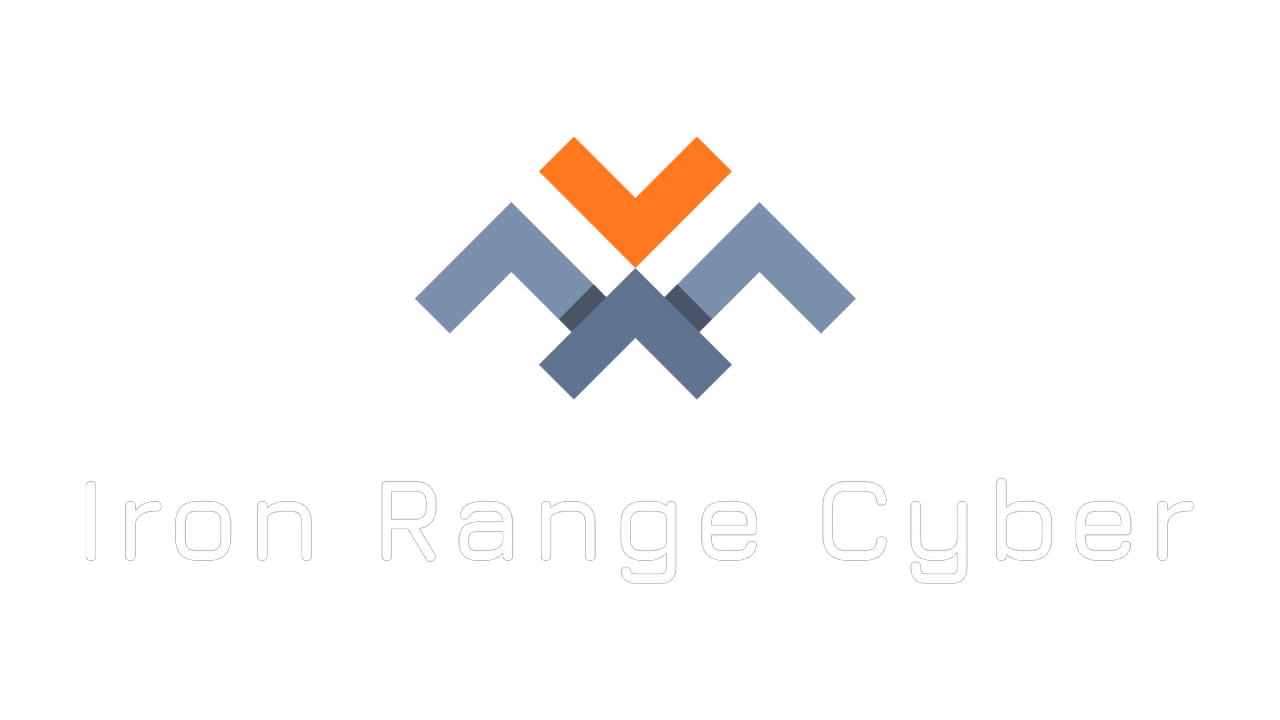An attack vector in cyber security is a method to achieve unauthorized network access for launching a new cyber-attack. Attack vectors let the cybercriminals exploit the vulnerabilities of a system to gain access to personally identifiable details, sensitive information, and other valuable details following a data breach. A study by Accenture showed that 68% of businesses from different fields are of the opinion that cyber security risks are increasing. According to a report by the FBI, after the onset of the pandemic, cyberattacks have increased by 300%.
Cybercriminals are looking to exploit unpatched vulnerabilities listed on the dark web, and there is no one size fits all solution to counter them. These attackers are increasingly sophisticated and it isn’t enough to depend on antivirus software.
In this article, we take a look at the common types of cyber-attack vectors for 2021.
- Phishing
Google has highlighted that it has blocked more than 18 million phishing attempts during the pandemic. A phishing attack is a social engineering attack where you are contacted through an email, text message, or telephone from someone who is posing as a legitimate institution to convince you to provide sensitive information such as credit card or banking details, personally identifiable information, and passwords. It is also the most common attack vector.
At times phishing schemes are largely intricate and might look absolutely harmless. In order to avoid falling prey to a phishing attack, you should adhere to the following steps:
- When in doubt, it is better to get in touch with the organization about the email you have received to find out if it is a phishing scam or not.
- Do not click or open malicious links appearing in random emails or text messages. It might lead you to a phishing website looking similar to the original one. Thus, directly go to the official website of the concerned company.
- Use an anti-phishing toolbar to check the malicious sites.
- Use antivirus and never share your sensitive information on any page or form.
- Ransomware Attacks
Ransomware attacks have led to some of the biggest data breaches in recent times. It is a common type of malware that locks you out of your system and data. To secure the encryption key, a ransom is paid. In case you don’t, the attacker threatens consequences. The attack can range from publishing proprietary details on the public site to simply not getting the details back.
As per a report, ransomware attacks in 2021 will take place every 11 seconds.
However, it doesn’t necessarily mean that the attackers are always going to keep their word if you pay the ransom. Don’t forget, they are criminals. To avoid such attacks,
- Don’t click on suspicious links
- Refrain from opening random attachments that have a strange offer or proposal like free money, free travel, a fake job offer that you never interviewed for, etc.
Make sure that you always maintain a backup of your data and web applications. In case you are a victim of ransomware attacks and you already have backed up the system, you can keep up with your business, regardless of the attack.
- Malware
Malware is malicious software that is designed and created to harm your system, network, and devices. It comes in different forms, from self-replicating worms to conventional computer viruses. Malware is delivered to the networks or computer systems through a phishing email that is clicked on, but at times it is downloaded for a scam site by mistake.
To prevent malware in your system, here are a few steps you can take.
- Update your system and software regularly
- Use anti-virus software to protect you against malware
- Purchase software and applications only from trusted sources
- Avoid downloading files from an authorized source or opening suspicious links.
- Distributed Denial of Service or DDoS Attacks
Distributed Denial of Service Attacks is known to be one of the most cyberattack vectors. According to CISCO, by 2023, the total DDoS attacks across the world will amount to 15.4 million. In this attack, the network resource is flooded with messages that cause it to become slow or crash. Thus, it becomes inaccessible to the users.
But the good thing is, it is easy to avoid a DDoS attack. You need to:
- Monitor the traffic to your network
- Try to filter out the incoming traffic
- Compromised Credentials
Many users have 123456 as their password or users who reuse their passwords across various sites. Google Harris poll found that about 52% of the users tend to reuse their preferred credentials across various sites they use. In case those users work in your organization, it isn’t good news for you or your organization. It implies, you are just one phishing attempt or credential leak away from a data breach and lose sensitive information.
You are exposed to a great cyber security risk with the leak of the credentials. Access to systems and devices is at a higher risk than basic users accessing the credentials. Moreover, the credentials that let devices, servers, and security tools integrate with other devices are going to be devastating in the hands of hackers. If you have to avoid compromised credentials, you can do the following:
- Ask your employees to use a strong password with a combination of letters, numbers, and special characters.
- Opt for two-factor authentication
- Do not share username and password with anyone in any situation
- A Lack of Encryption
In case you are sending unencrypted data, you might be inviting more issues. Data encryption will translate the data into some other form, which can only be read by people who have the secret key for decryption. You have to protect the data during the transmission and storage between computer systems. If there is no encryption or the encryption is weak, a hacker who has hacked the system can easily read your sensitive data.
The solution for this is also quite simple. You will have to get a strong encryption system for your sensitive data. You should also use a VPN to connect to internal office apps to encrypt sensitive information and keep it safe.
- Malicious Insiders
When you think of hackers or attackers, you only think of the bad guys outside the organization. However, have you ever thought there might be someone who is working with your organization? Sure, there are criminals outside the company but it is possibly more damaging to the enterprise if the call comes from inside the house.
Malicious insiders are the organization’s employees who unveil the private details through privileged misuse, using their access for hurting the company and making money by exploiting the networks or data.
If you have to avoid this, you need to do the following.
- Keep a check on who is behaving suspiciously
- Monitor network and data access for odd behavior
- Know the employees who are disgruntled
- Zero-Day Vulnerability Attack
This is a cyberattack vector where the attackers find out the weaknesses of a computer system that goes undetected by the victims. It is an attempt by the attacker to perforate, compromise, and damage the system that has been affected by unknown vulnerabilities. A zero-day attack can happen when the IT infrastructure is weak and no one is aware of the attack that is going to take place. It is harmful as the only people who know about it are the attackers.
Here are the top practices for preventing an attack like this.
- Use an advanced and proactive email security solution
- Keep the devices upgraded and make sure that you apply regular patches for cyber security
- Deploy a web application firewall as it will help your company to react to cyber-threats on time
- Give training to your employees regarding the best security practices
- Use a network access control for preventing unauthorized systems from accessing the network of the organization
- SQL Injection
SQL injection vulnerabilities will let attackers inject malicious code in SQL queries. This enables them to retrieve and change data that is available on the database of the website. It is the most dangerous issue for confidentiality and data integrity in web apps. An attack like this can read sensitive data from the database while hacking it. Take a look at the basic steps to follow for keeping the web app safe.
- Don’t trust any user input
- Everyone who is a part of the web application needs to be aware of the risks associated with it
- Use state-of-art technologies for the protection of SQL injection
- Use whitelist rather than blacklists
Bottom Line
In case you have to secure the IT infrastructure, it is crucial to understand the reason behind the common type of attacks. The ways to prevent these common attack vectors might vary but the cyber security measures are always the same.


